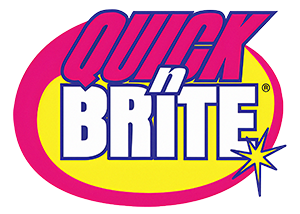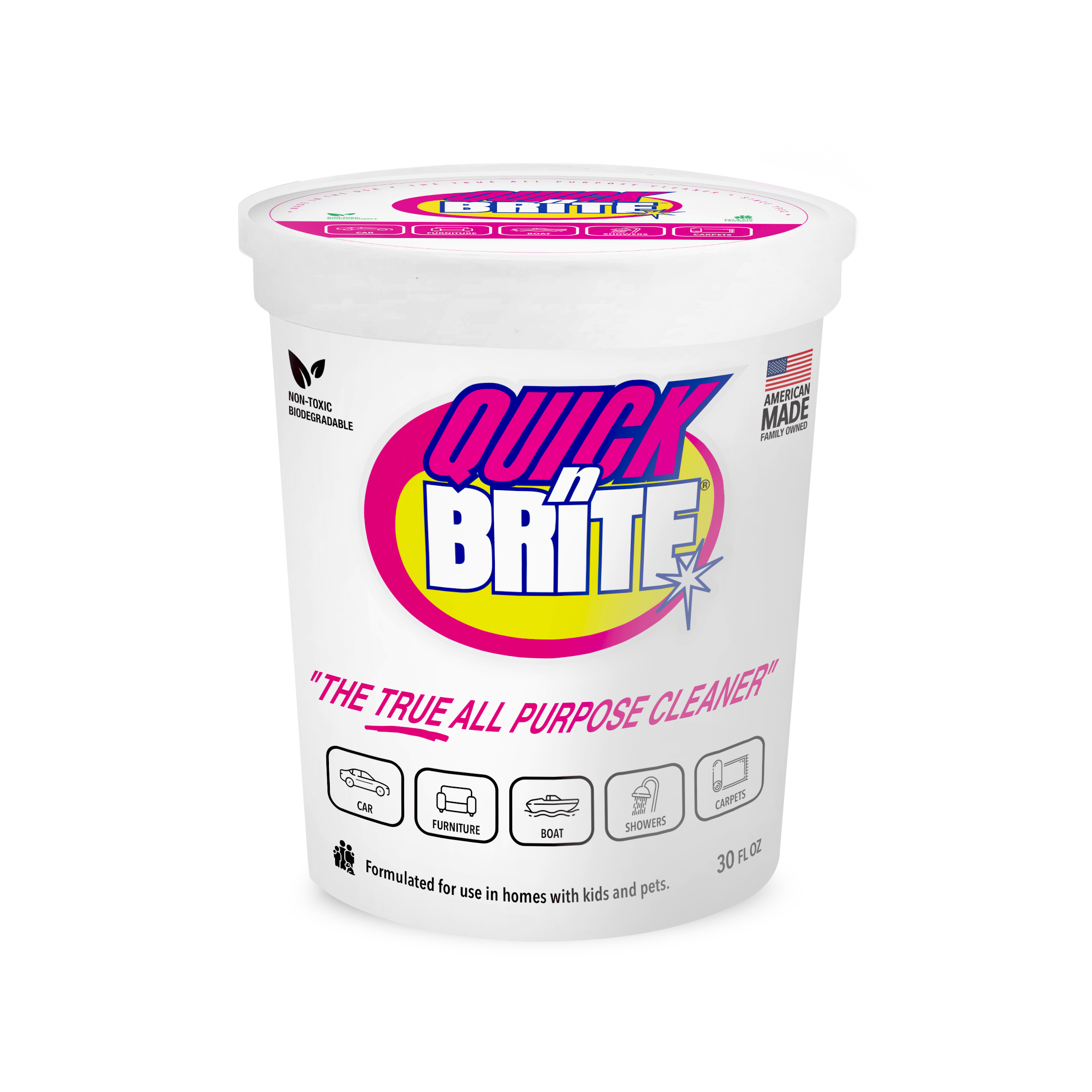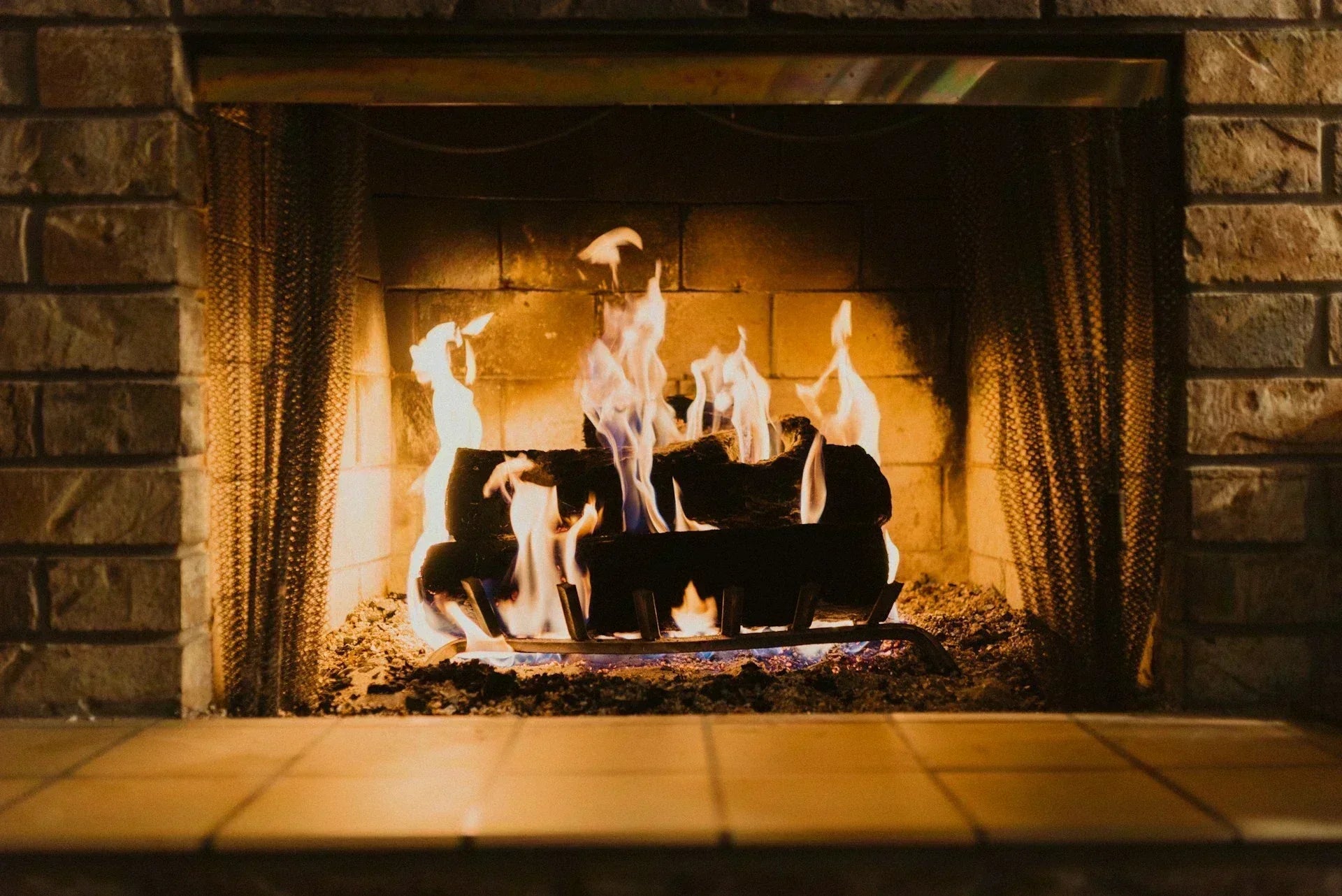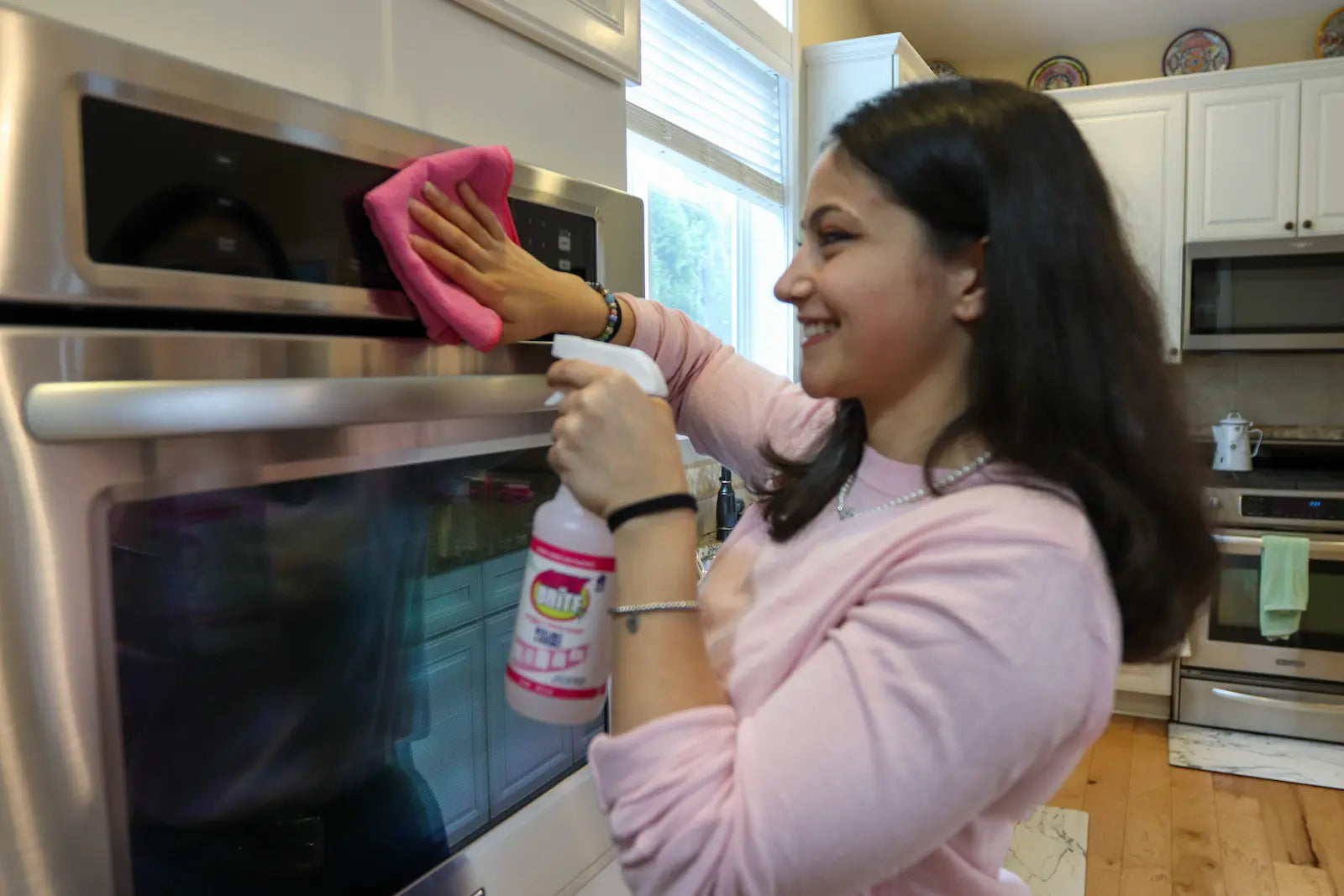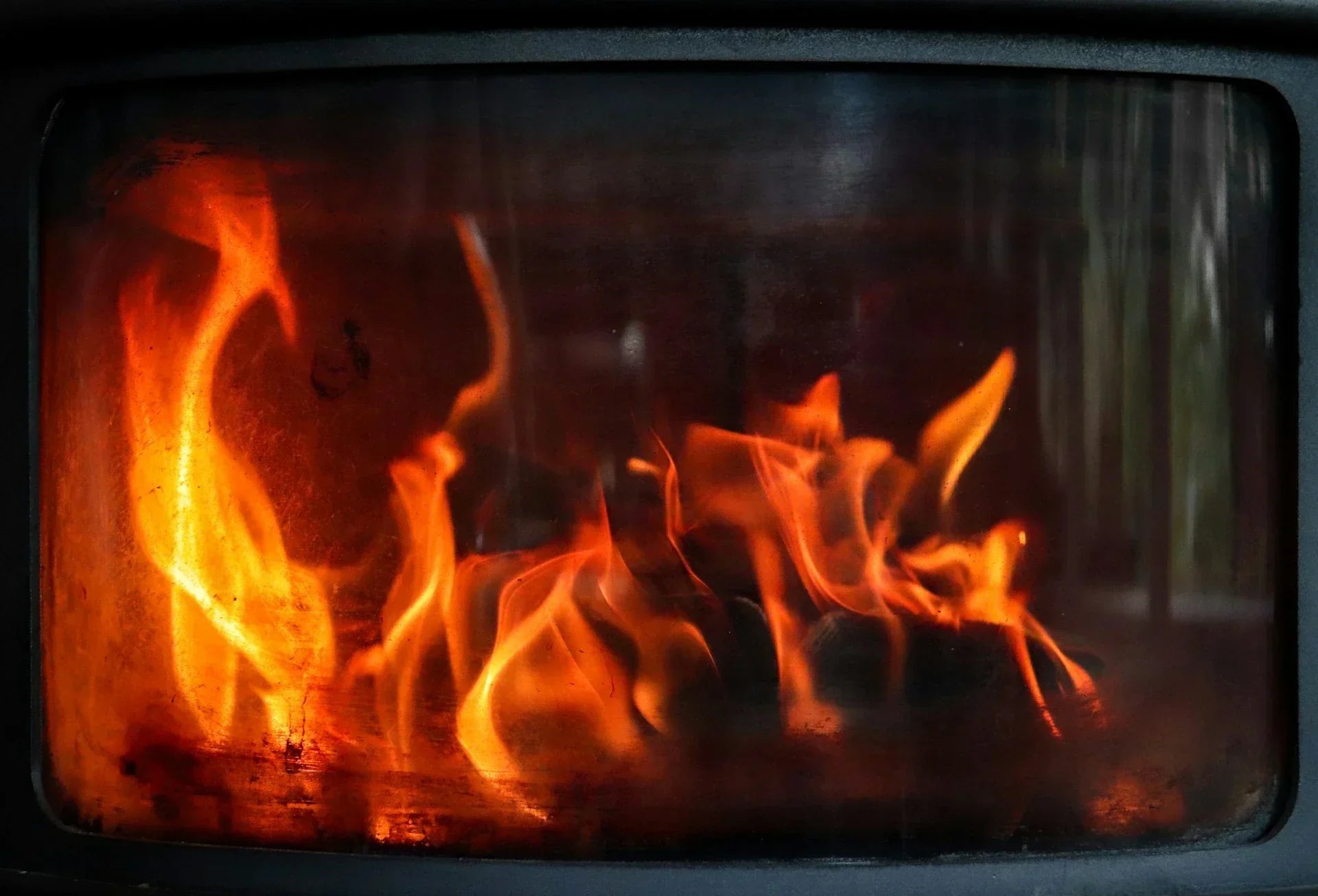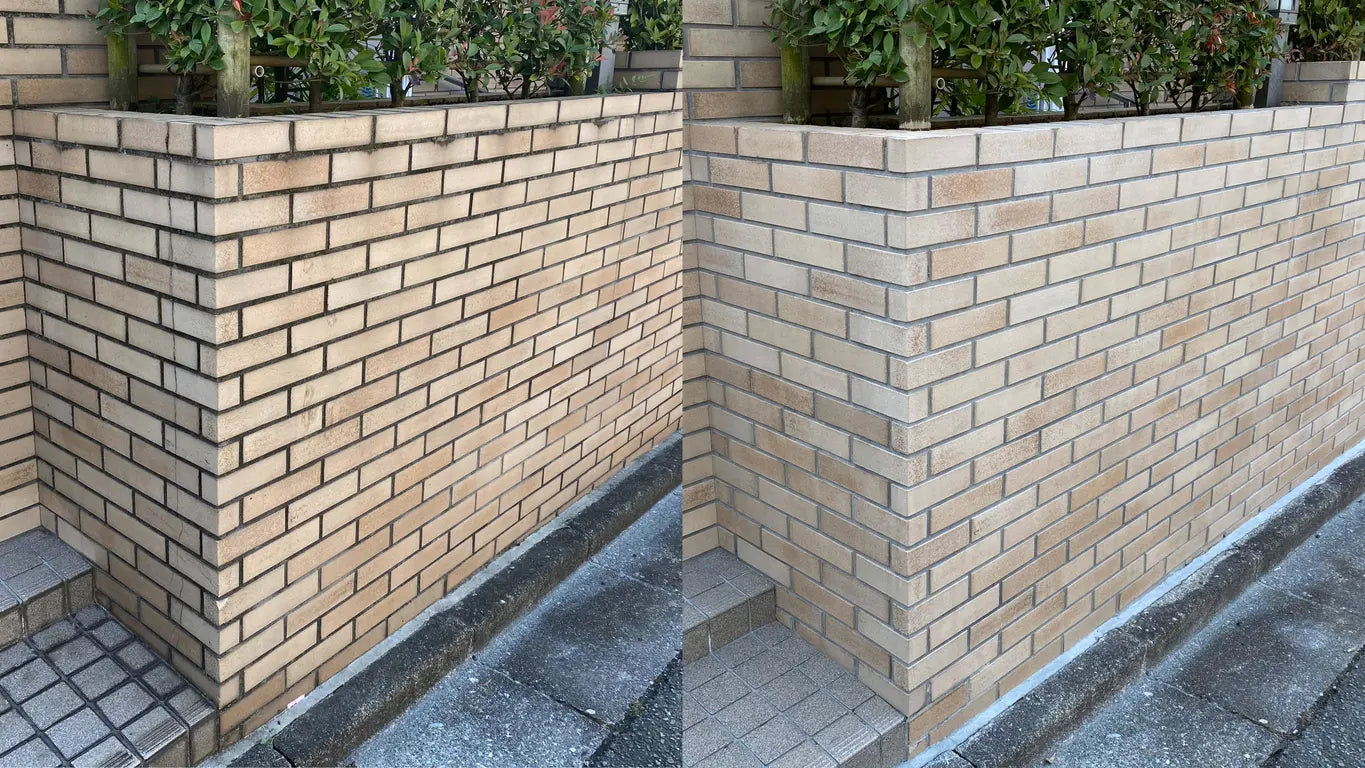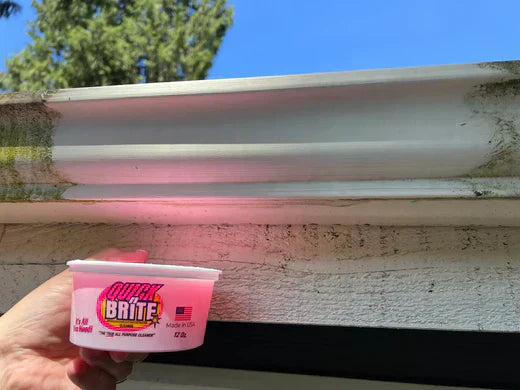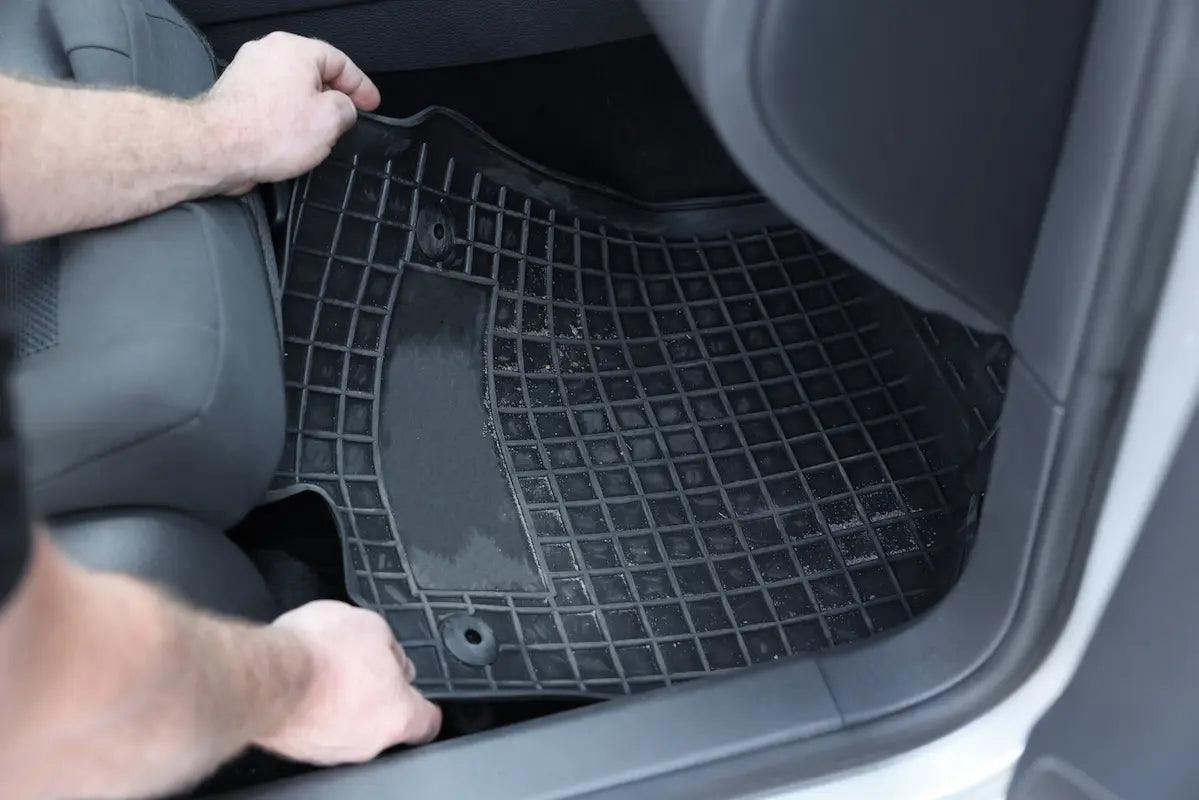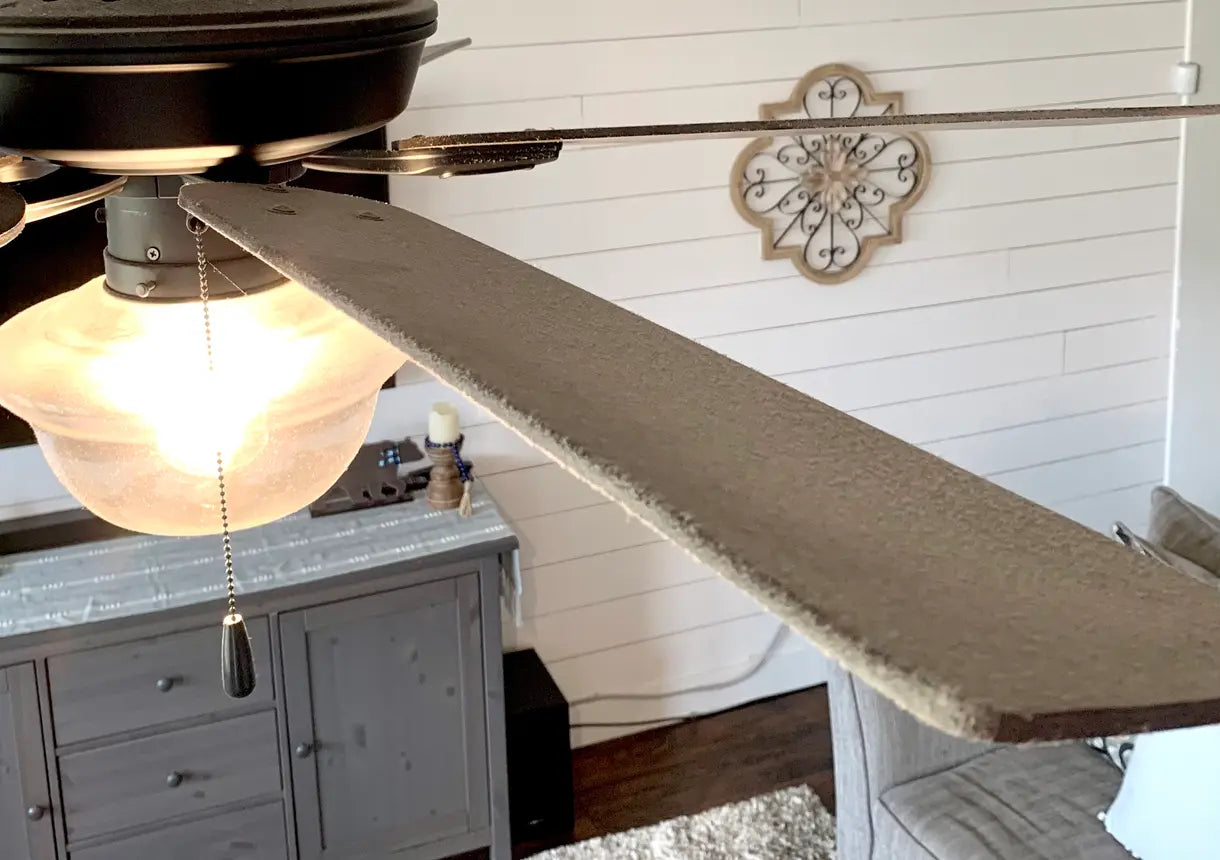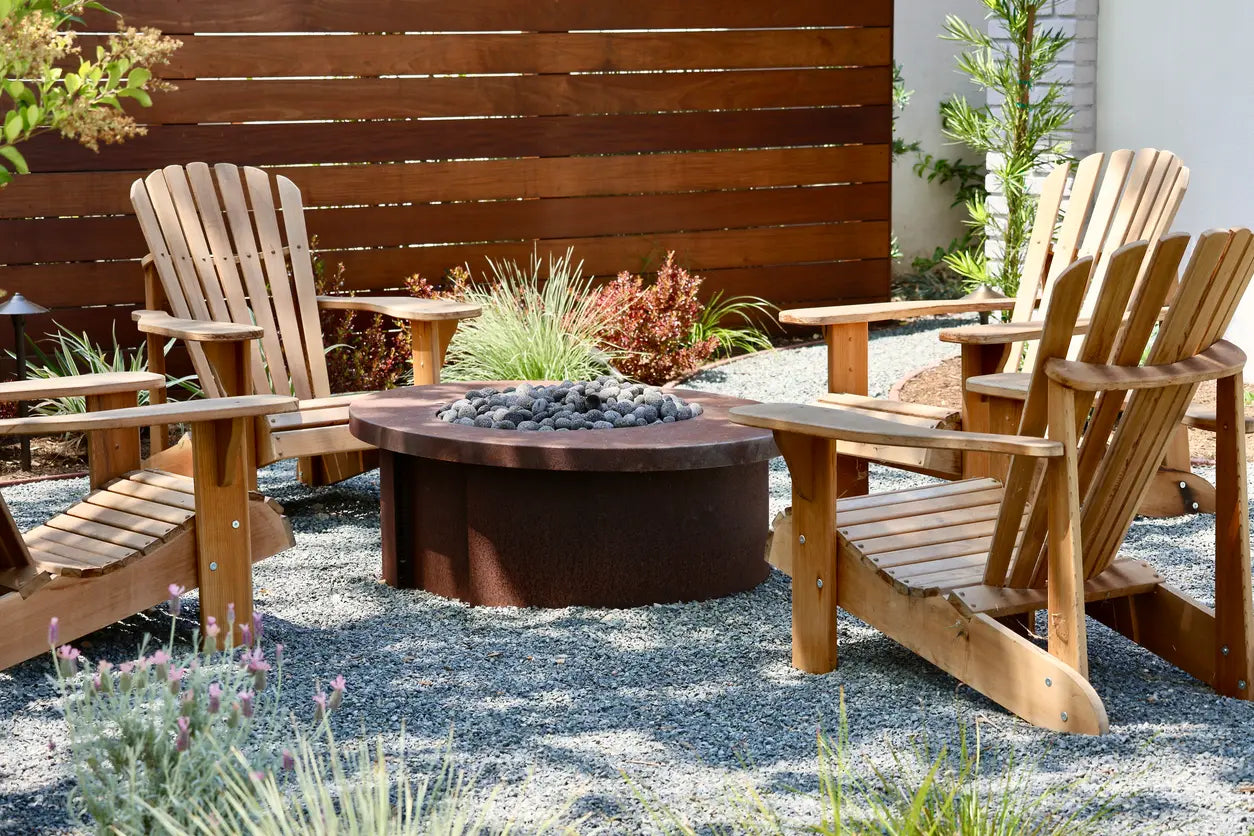With fall and winter bringing colder temperatures you might be preparing to use your fireplace. Getting your fireplace clean before or during the season is important to prevent any accidental fire dangers.
A dirty fireplace can be a major source of danger and potential damage to your home if left unchecked. A buildup of soot, creosote, ashes, or any other type of debris in the firebox or flue can cause hazardous combustion gases and smoke to enter into your house.
When wood burns incompletely, it releases a thick smoke full of tar. The tar sticks to the inside of your fireplace, glass screens, stone and chimney, forming a black layer of creosote. Creosote is highly flammable, and a fireplace or chimney with a thick buildup of creosote poses a severe fire risk.
As you continue to burn in your fireplace, additional layers of creosote develop. The creosote also begins to change from a relatively harmless white powder into a thick, tarry, and crusty substance that is extremely difficult to remove.
Depending on amount of use, it is recommended by many experts, that you should be cleaning your fireplace at least once a month.
There are three (3) parts to cleaning your fireplace
- Cleaning your fireplace glass & screen
- Cleaning brick and/or stone
- Cleaning the chimney
We can’t help you with number 3, cleaning your chimney — we highly recommend you call a professional for this. But for numbers 1 and 2, cleaning your fireplace glass or screen and brick or stone, Quick’n Brite has developed two highly rated products to make this job much easier.
Fireplace Glass & Screen Cleaner and our Fireplace Brick & Stone Cleaner

Cleaning your fireplace glass or screen
Have trouble with built-up creosote, soot, pitch or smoke on your fireplace glass or screen? The solution is very simple.
First we recommend getting an old towel, microfiber cloth, or paper towels to put underneath the glass or screen being cleaned. This will catch the dirty drippings. The nice thing is there are no harsh chemicals in Quick’n Brite cleaners, so you don't have to worry about inhaling fumes or spraying flammable cleaners into your fireplace!
Just spray the liquid cleaner generously on the areas to be cleaned, then scrub with a wet scrub sponge. Spray clean water to rinse and remove soot, then wipe clean with our microfiber cloth. For extremely bad areas, let the cleaner sit for 20 minutes before re-wiping. Quick’n Brite will remove smoke, soot, creosote, and pitch from your glass and screens.
How to Clean Fireplace Brick, Screens and Glass
Cleaning your fireplace brick and/or stone
Begin by removing as much ash and soot as possible using a dustpan and brush or vacuum. PLEASE make sure that there are no ashes or hot embers in the fireplace before beginning this project. Thoroughly remove dust and debris from around and under the gas grate and unit. Don't forget to vacuum the flue liner if you have one. Discard ashes in a yard waste bin.
Next, using a damp terry cloth towel, wipe the fireplace brick and stone clean to remove as much loose soot as possible. This will make the next steps easier and less messy.
Quick’n Brite Fireplace Brick & Stone Cleaner Gel is a heavy-duty, safe, and non-abrasive cleaner that swiftly removes soot, creosote, ash, and grime from your stone fireplace surfaces. Its concentrated formula breaks through the toughest spots and works great on surfaces such as brick, stone, tile, and rock.
Simply wet the included scrub brush and use it to apply the gel. While the product sits, the unique formulation of Quick’n Brite breaks down buildup on your fireplace and does the scrubbing for you. To rinse, spray the surface with water and wipe it with a terry-cloth rag or a microfiber cloth.
No need to wear a mask or gloves — it’s gentle enough for regular use. It’s easiest to section the fireplace into grids and clean one section at a time. For stubborn areas, let the product sit about 10 minutes instead of scrubbing harder. Quick’n Brite will break down soot and creosote while it’s sitting on your surface. Use a bucket of hot water to rinse your brush during the process.
Quick’n Brite products make cleaning your fireplace a quick and easy task — not an all-day job.
Frequently Asked Questions
How often should I clean my fireplace?
Experts recommend cleaning your fireplace once a month during heavy use seasons. Regular cleaning prevents soot and creosote buildup, which can become a fire hazard if left unchecked.
Can I use Quick’n Brite cleaners on both gas and wood-burning fireplaces?
Yes! Quick’n Brite Fireplace Cleaners are safe and effective for both gas and wood-burning fireplaces. They’re non-toxic and biodegradable, making them safe for your family and the environment.
Do I need to wear gloves or a mask when using Quick’n Brite?
No gloves or masks are needed. Quick’n Brite products are made from gentle, earth-conscious ingredients that don’t produce harmful fumes or require protective gear.
Can Quick’n Brite remove heavy creosote buildup?
For light to moderate buildup, Quick’n Brite works beautifully. For thick, tar-like creosote layers inside chimneys, we recommend professional cleaning for safety — then using Quick’n Brite regularly for easy maintenance.
Is Quick’n Brite safe to use on stone, brick, and glass surfaces?
Absolutely! Quick’n Brite Fireplace Brick & Stone Cleaner Gel and Glass Cleaner are designed specifically for these materials. They remove soot and grime without scratching or leaving residue.
